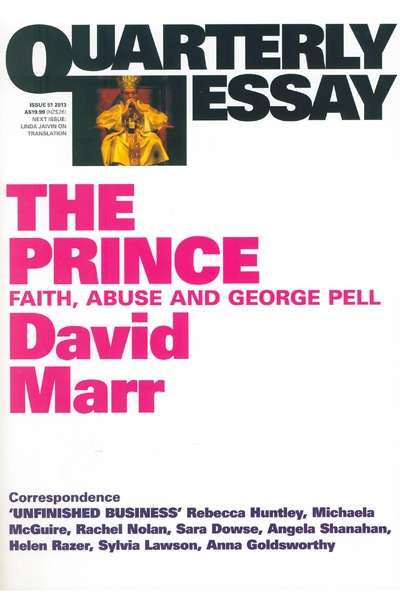Sometimes the simplest of mistakes reveals far more of our preconceptions about human acts and motives, and about the complex relationships that make a human society, than we could have imagined. Such was the case with what journalist and lawyer Julie Szego dubs the ‘tainted trial’ of Farah Jama, a young Somali man who spent eighteen months in prison for a rape that almost certainly never happened.
Jama, who was accused of raping a woman found unconscious in a locked toilet cubicle in a Melbourne suburban nightclub in 2006, is the most notable Australian victim of what has been called the ‘CSI effect’: an uncritical regard for scientific techniques in the collection and analysis of evidence in criminal cases. His conviction relied solely on DNA testing, and almost nothing to corroborate it was cited at his trial. The fact that no one in the nightclub on the night in question remembered seeing a tall black man on a dance floor thronged with white faces, and that the club’s closed-circuit television tapes showed no such person entering or leaving the premises, apparently did not bother the jury or the trial judge. Nor did the fact that the woman had not even a hazy memory of the ordeal she was believed to have suffered.
...
(read more)








